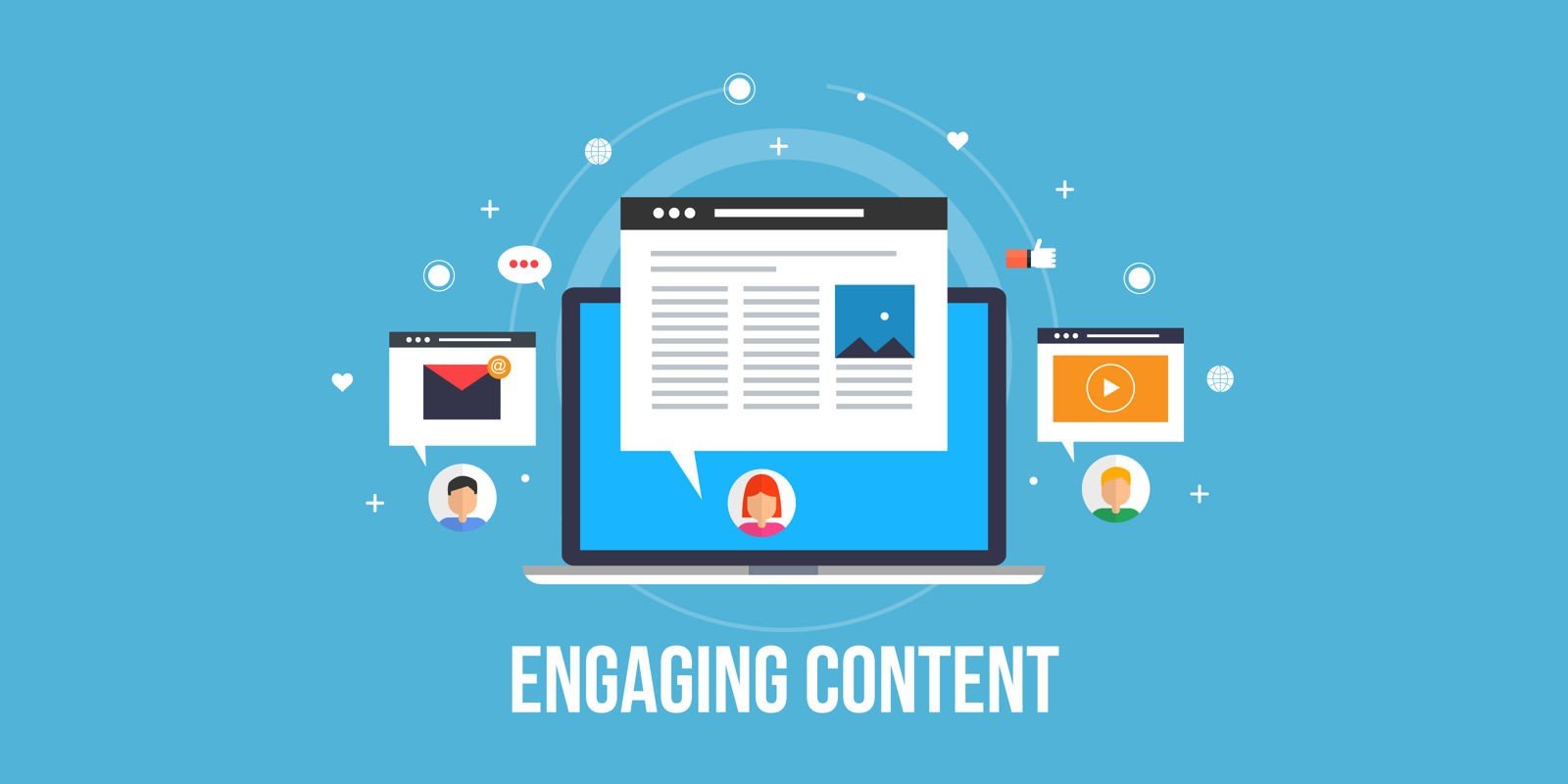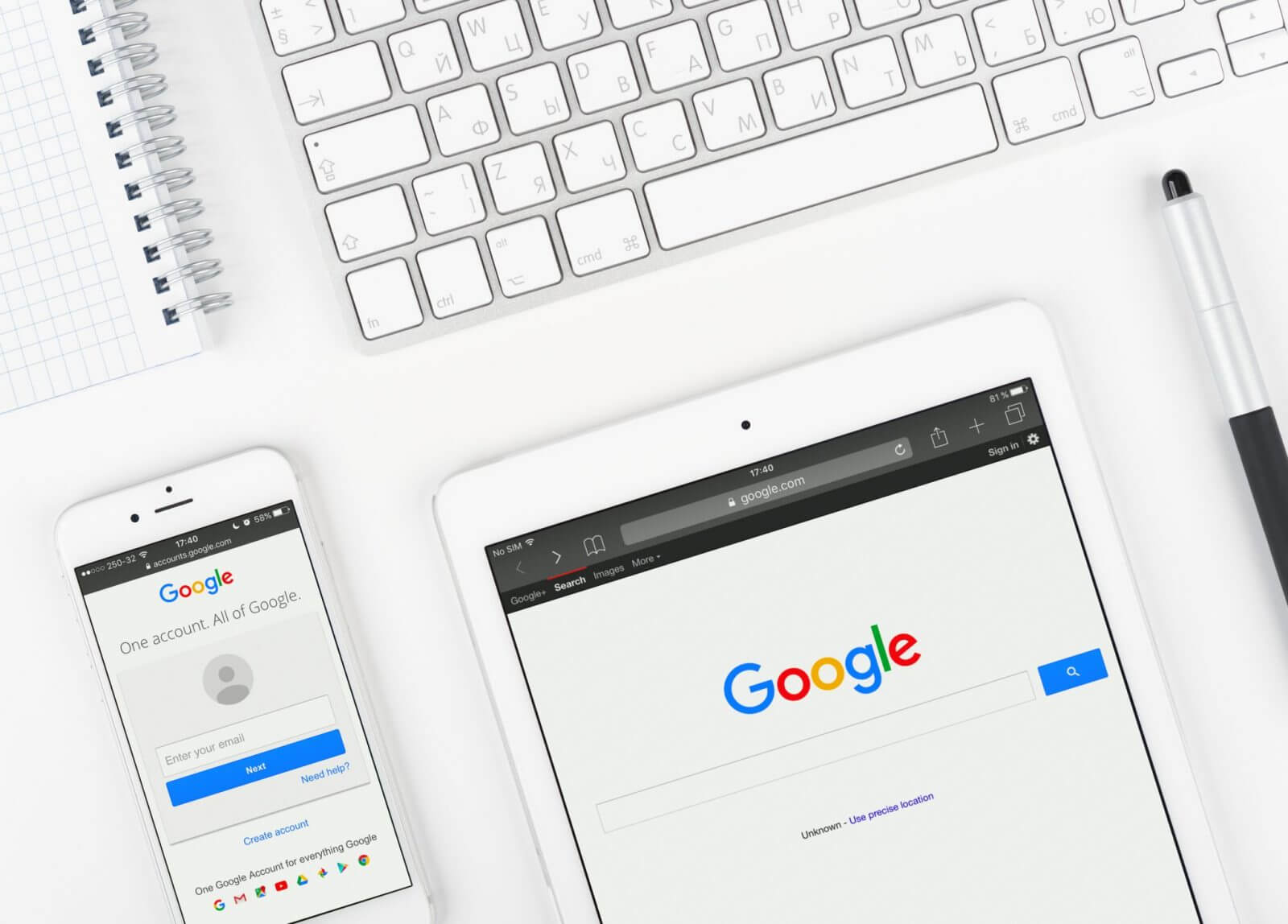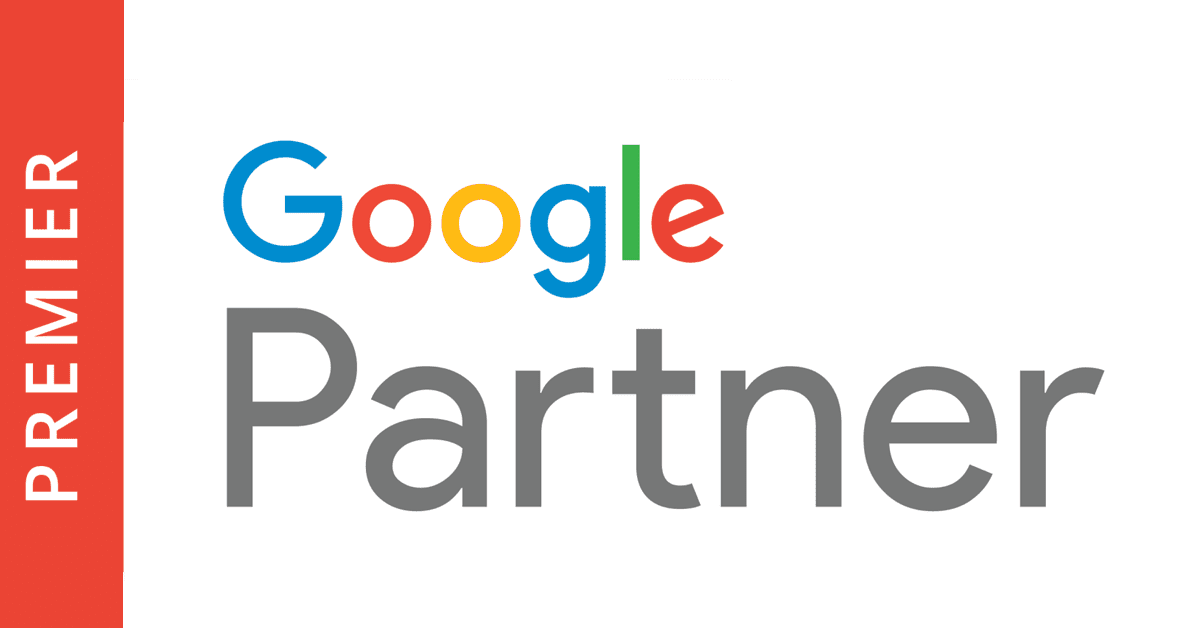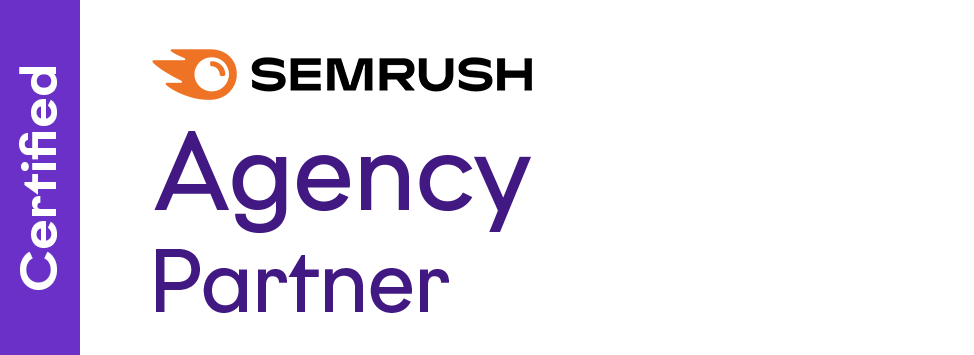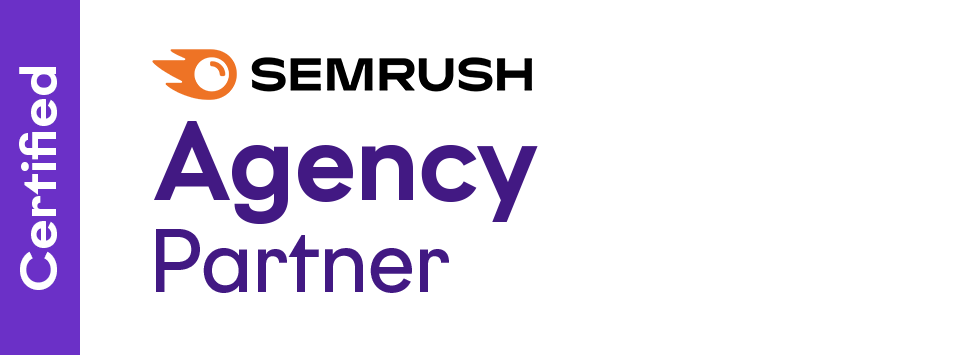Navigating through the diverse landscape of marketing strategies, it becomes essential to understand the roles and interplay of push and pull marketing. These approaches are not just tactics; they reflect a deep understanding of consumer behavior, especially when it comes to significant purchases. The higher the stakes, the more pronounced the customer’s decision-making process becomes. This is where the push and pull of marketing strategies can effectively guide and influence the consumer journey.
What is Push and Pull Marketing?
Making a significant purchase decision often involves thorough research, especially for larger investments. This behavior reflects a fundamental aspect of consumer psychology, where the risk of a wrong decision is directly proportional to the product’s value.
Understanding the Customer Journey
Consider the journey of an e-commerce customer purchasing a television. This journey can start in two primary ways:
Discovery:
- Advertisement-Induced Need: While watching an old TV, a customer sees an ad for the latest Samsung Ultra HD 5K model or comes across a YouTube advertisement for the newest LG OLED TV. These ads create a desire for a new product, even when the customer isn’t actively looking to buy one.
- Event-Driven Need: This need arises from events like a TV breakdown or a home renovation, creating an immediate requirement for a new TV. These customers are typically easier to convert due to the urgency of their needs.
Focusing on customers in the ‘higher intent’ phase of discovery, we delve into the nuances of push and pull marketing strategies.
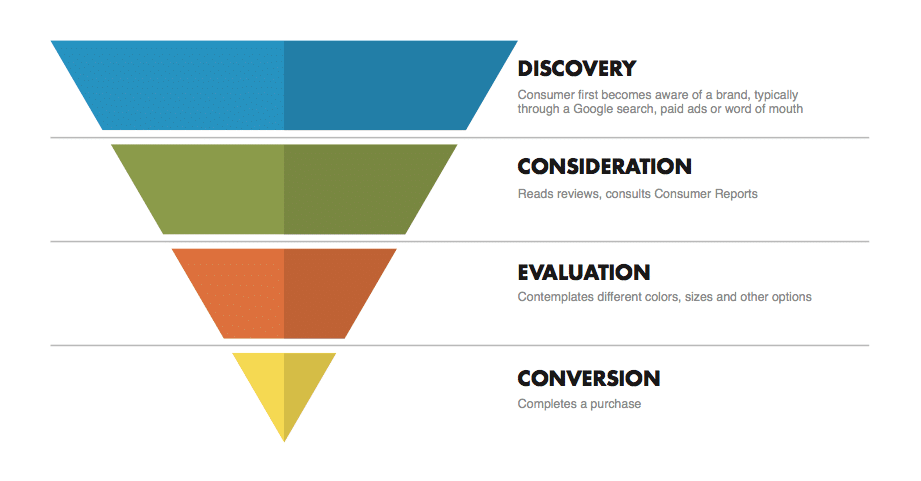
What is Push Marketing?
Push marketing involves actively promoting a product or service to a specific audience. It’s about proactively placing your offer in front of potential customers. This approach is particularly effective for businesses with broad, diverse audiences and products applicable to many.
Examples of Push Marketing
- Social media ads targeting specific demographic segments.
- Direct mail campaigns introducing new products.
- Television and radio advertisements reach a wide audience.
- Cold email campaigns to potential leads.
Push marketing works well for general awareness, quick sales, and for businesses looking to expand into new markets or clear out seasonal stock.
What is Pull Marketing?
Conversely, pull marketing is about attracting customers to your business or products. It’s a strategy that relies on the inherent interest and research tendencies of potential customers.
Examples of Pull Marketing
- SEO strategies that optimize content for searches like “Best UHD TVs” or “UHD TV Reviews”.
- Creating detailed comparison blogs or third-party reviews to build credibility and trust.
- Developing content that helps consumers understand why your product is the best fit for their needs.
Pull marketing is crucial in an information-driven marketplace. It plays a significant role in converting well-researched, discerning customers who are more likely to become repeat buyers due to their trust in your brand.
Push Vs Pull Marketing: Is one better than the other?
The choice between push and pull marketing strategies largely depends on the specific goals, target audience, product or service type, and the market environment. Each strategy has its strengths and is better suited to different situations.
Push Marketing
- Advantages: It’s effective for introducing new products, creating product awareness, and reaching a broad audience quickly. It allows for more control over the marketing message and can generate immediate results, especially in sales-driven campaigns.
- Disadvantages: It can be expensive, especially with traditional advertising methods. There’s also a risk of targeting an audience that may not be interested in the product, leading to lower ROI.
Pull Marketing:
- Advantages: It builds longer-term customer relationships and brand loyalty. Pull marketing is often more cost-effective over time and tends to create a higher quality of customer engagement since it attracts customers who are already interested in the product or service.
- Disadvantages: It usually takes longer to see results, as building awareness and customer loyalty is a gradual process. It also requires a deep understanding of the target audience to create content or campaigns that effectively attract customers.
Comparison and Suitability
- Market and Product Type: Push marketing is often more suitable for products with a short buying cycle, like consumer goods, while pull marketing is effective for products or services that require a longer decision-making process.
- Customer Awareness and Lifecycle: Push marketing is effective in the early stages of introducing a product or service to the market. In contrast, pull marketing is more effective for well-established products or brands that people are actively seeking.
- Budget and Resources: Push marketing can require a significant budget for advertising and promotion. Pull marketing, while potentially less expensive, requires consistent and strategic content creation and brand management.
In reality, most successful marketing strategies utilize a mix of both push and pull marketing, adapting the balance as per the changing market dynamics and consumer behavior. The “better” strategy depends on the specific circumstances of the marketing campaign, including the goals, target audience, product type, and available resources.
How to implement a push and pull strategy
To enhance your marketing strategy using push and/or pull marketing, it’s essential to understand how each approach can complement your overall marketing objectives. Here’s a guide on how to utilize both strategies effectively:
Define Your Marketing Objectives and Target Audience:
- Start by clearly defining your marketing goals. Are you looking to create awareness, generate leads, boost sales, or build brand loyalty?
- Understand your target audience – their preferences, behaviors, and where they are most likely to engage with your brand.
Use Push Marketing for Immediate Reach and Awareness:
- Employ push marketing tactics like social media ads, email campaigns, PPC (pay-per-click) advertising, and direct mail to reach a broad audience quickly.
- This approach is useful for launching new products, promoting sales or events, and targeting potential customers who might not be aware of your brand or product.
Leverage Pull Marketing to Build Engagement and Loyalty:
- Focus on content marketing, SEO, social media engagement, and influencer partnerships to attract customers actively seeking your products or services.
- This method is effective for establishing thought leadership, enhancing brand reputation, and fostering long-term customer relationships.
Balance Both Strategies Based on Product Lifecycle:
- For new product launches, a heavier emphasis on push marketing can help create initial awareness.
- As the product becomes established, gradually shift towards more pull marketing tactics to deepen customer relationships and encourage repeat business.
Monitor and Adapt to Customer Responses:
- Use analytics tools to track the effectiveness of both push and pull marketing strategies. Pay attention to metrics like engagement rates, conversion rates, and ROI.
- Be ready to adapt your strategy based on what works best. For instance, if your pull marketing content is driving significant traffic, you might increase investment in that area.
Integrate and Align Your Marketing Efforts:
- Ensure that both push and pull marketing tactics are aligned in message and design to create a cohesive brand experience.
- Integrated campaigns that use a mix of both strategies can often amplify the strengths of each and mitigate their weaknesses.
Utilize Data and Feedback for Continuous Improvement:
- Collect and analyze customer feedback and data to understand their preferences and pain points.
- Use these insights to refine your push and pull strategies, making them more targeted and effective.
Stay Flexible and Responsive to Market Changes:
- Keep an eye on market trends and be flexible in adjusting your marketing mix. What works today might not be as effective tomorrow.
- Be innovative and experiment with new tactics and platforms to stay ahead of the curve.
Remember, the key is not to choose one strategy over the other but to find the right balance that aligns with your business objectives, resonates with your audience, and adapts to the changing market dynamics. A well-integrated approach that leverages the strengths of both push and pull marketing can lead to a more robust and effective marketing strategy.
Maximizing Marketing Impact: The Power of Combining Push and Pull Marketing Strategies
Harnessing the strengths of both push and pull strategies can dramatically enhance your campaign’s effectiveness. Whether you’re launching a new product, hosting an event, or simply trying to increase brand awareness, integrating these two approaches creates a comprehensive marketing plan that reaches customers at multiple touchpoints. Let’s dive into some practical ways to merge push and pull marketing for a synergistic effect.
1. Launching a New Product
When introducing a new product to the market, start with pull marketing by crafting engaging content like informative blog posts, captivating videos, and eye-catching infographics. This content should highlight the unique features and benefits of your product, designed to attract customers actively seeking similar solutions. Complement this with push marketing tactics, such as targeted social media ads and Google Ads, to direct potential customers to your content or product page. This dual approach ensures your product reaches a wide audience, from those already interested to those who might be intrigued by learning more.
2. Promoting a Seasonal Sale
Seasonal sales are great opportunities to blend pull and push marketing. Use your website and social media channels to organically spread the word about your sales, focusing on popular products and special offers. This pull method lures customers on the hunt for deals. Then, amplify your reach with push marketing by sending out promotional emails and SMS messages to your subscriber list, offering them exclusive deals or early access as a reward for their loyalty.
3. Hosting an Event or Webinar
For events and webinars, create an engaging landing page and blog content that offers a sneak peek into the event’s theme or benefits. This pull strategy targets individuals interested in the topic. To widen your reach, employ push marketing through email blasts, social media posts, and paid ads, inviting your audience and encouraging sign-ups. This ensures your event garners attention from both your existing audience and potential new attendees.
4. Introducing a Loyalty Program
Encourage participation in a new loyalty program, and develop content that outlines the program’s benefits and rewards. Share this information on your blog, newsletter, and social channels to attract current and potential customers. Pair this with a push strategy by initiating an email campaign aimed at your existing customer base, motivating them to join the loyalty program and enjoy its perks.
5. Launching a Referral Program
Create informative content such as blog posts or videos explaining your referral program and its advantages. This content can naturally attract interested customers. Complement this with a targeted email campaign, nudging your most engaged customers to participate in the program and share it within their networks.
6. Customer Engagement and Feedback
Publish compelling customer success stories, reviews, and testimonials on your platforms. This content serves as a magnet for potential customers looking for social proof. To extend your reach, encourage current customers to share their positive experiences on social media, effectively tapping into their personal networks.
The fusion of push and pull marketing creates a robust strategy that not only reaches a broad audience but also engages them at various stages of the customer journey. By leveraging the strengths of both approaches, your marketing campaigns can achieve greater depth, reach, and resonance with your target audience.
Consider push and pull marketing in your next marketing strategy
In summary, push and pull marketing will work best when done in collaboration. The most effective way to build your online marketing machine requires work to understand your customer’s journey from awareness through to conversion and beyond. If you do this well, then you can make marketing campaigns that are proven and repeatable (evergreen). Once you attain this level of performance in the marketplace your marketing becomes scalable. But until then you will find your campaign and results will be hit and miss.











